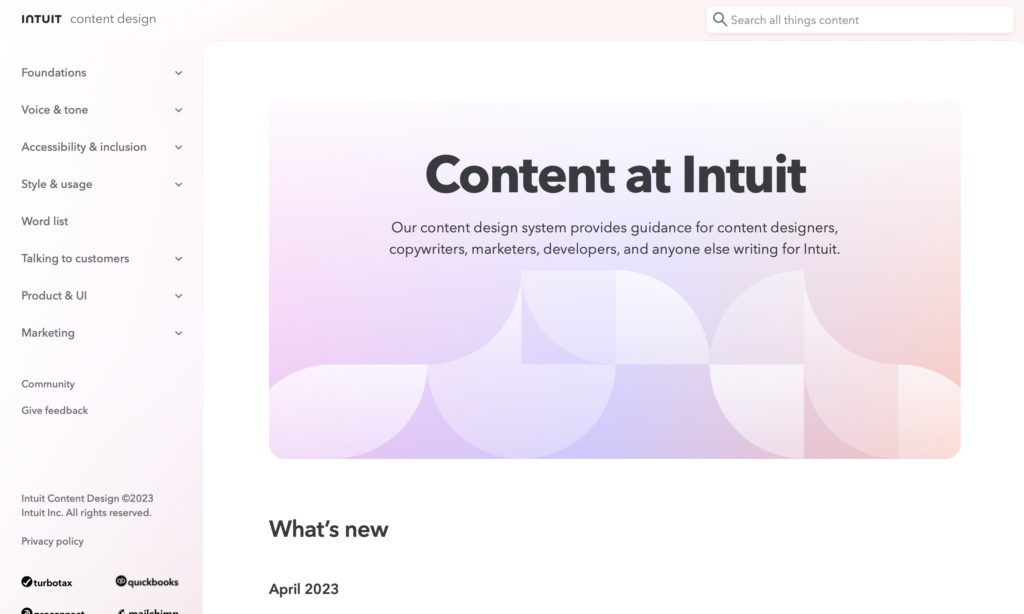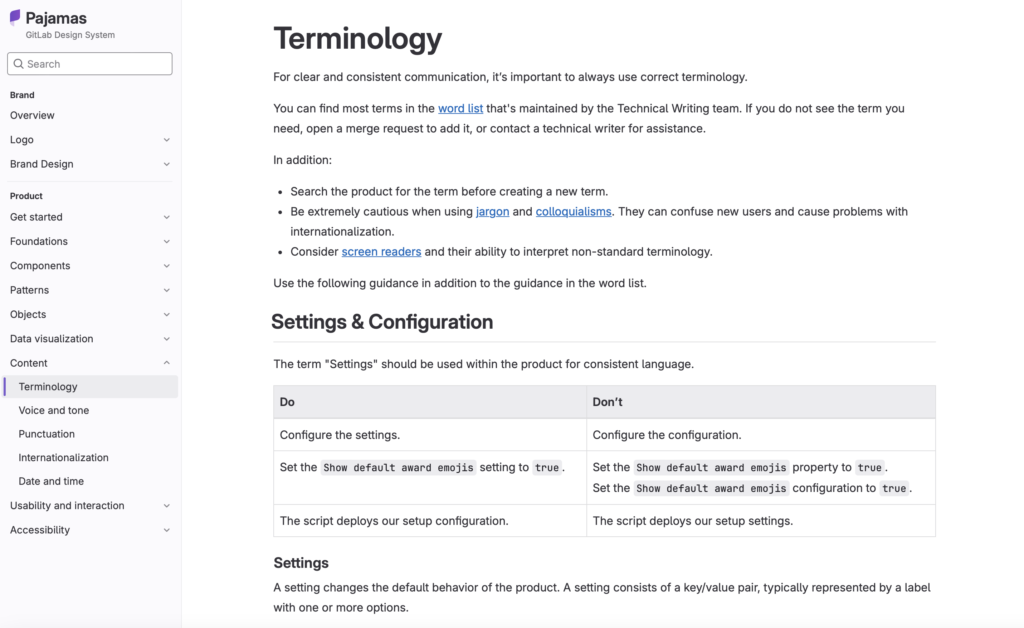Top 5 Design Systems with Content Design Guidelines

If you didn’t already know content guidelines are a critical component of any design system. They provide teams with a approach to creating effective content. Guidelines can cover a range of topics, including tone and voice, grammar and punctuation, formatting and layout, and terminology. By implementing these guidelines your team will be able to create content that is cohesive and all your different applications and contexts. Content guidelines have become particularly important for large organizations that have multiple teams working on different products or services – but don’t think they aren’t just for larger teams, your small team needs them too! We take a look at some of our favorite design systems with great content guidelines ✍️
Atlassian’s Design System
Atlassian’s design system stands out for its exceptional content design guidelines. They have put in a lot of effort to ensure their content is clear, concise, and user-friendly. One of the main reasons why Atlassian’s design system is excellent at content guidelines is because its comprehensive style guide covers everything from tone and voice to grammar and punctuation. It’s particularly well-suited for technical documentation, with guidelines specific to different content types, such as product documentation and API reference. Perhaps most importantly, Atlassian’s content design guidelines are designed to be accessible to a wide range of users. The company has made sure that its guidelines are written in plain language, with examples that are easy to follow. This makes it easy for designers, writers, and developers to create content that is consistent, accessible, and user-friendly.
Intuit’s Design System
Intuit’s design system is a great example of how to create content guidelines that are both comprehensive and user-friendly. One of the top reasons for Intuit’s design system being so great at content guidelines is that they have put a lot of effort into developing guidelines specific to different types of content, such as marketing materials, product documentation, and support content. Intuit’s content design guidelines are designed to be accessible, with clear and concise examples. In addition to its comprehensive guidelines, Intuit’s design system includes several tools and resources that make it easy for teams to create effective content. For example, their content library includes templates, examples, and best practices for creating different types of content.
Shopify’s Polaris
Shopify’s Polaris design system shows how to create practical content guidelines. Their guidelines are designed to be flexible and adaptable to different contexts and user needs. They have recognized that different users have different needs and preferences and have designed their guidelines accordingly. This makes it easy for teams to create effective content, regardless of the context or user needs. They have put in a lot of time and effort to create guidelines that are comprehensive, accessible, and flexible, making it easy for teams to create content that is clear and easy to use for the consumer. If you’re looking for inspiration for your own content design guidelines, Shopify’s Polaris design system is absolutely worth checking out.
GitLab’s Pajamas
GitLab’s Pajamas design system shows how content design guidelines can be tailored to meet the specific needs of a technical audience. They have created a comprehensive set of guidelines that covers everything from terminology and tone to syntax and formatting, making it easy for technical writers and developers to create consistent and easy-to-use content. The design system includes a detailed glossary of terms and definitions tailored explicitly to GitLab’s product offerings. This makes it easy for writers and developers to use consistent terminology, essential for creating accurate and easy-to-understand content. Pajamas also include guidelines for tone and voice, syntax and formatting, and accessibility.
Material Design 3
Material Design 3 includes a comprehensive set of guidelines for developing all kinds of interfaces alongside a library of design components and templates that can be used to create consistent designs quickly. It really emphasizes the importance of content design guidelines. These guidelines are designed to ensure that all content is cohesive, regardless of the context or application. Guidelines are included for creating interfaces that are easy to navigate, even for users with disabilities. Material Design 3 also includes several tools and resources that make it easy for teams to create compelling content, including templates, examples, and best practices for creating different types of content.
What design systems have great content guidelines that inspire you? We’d love to hear! Make sure you sign up to zeroheight to start developing your design system! Chat with us on Twitter 🐥




